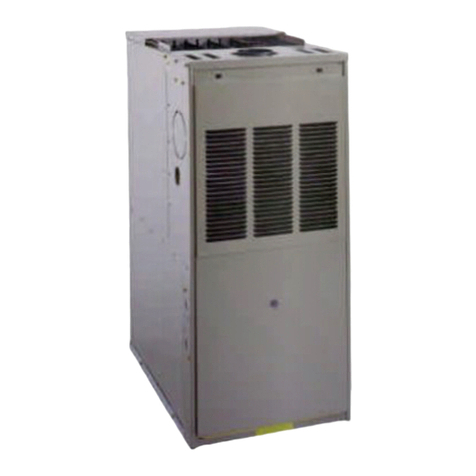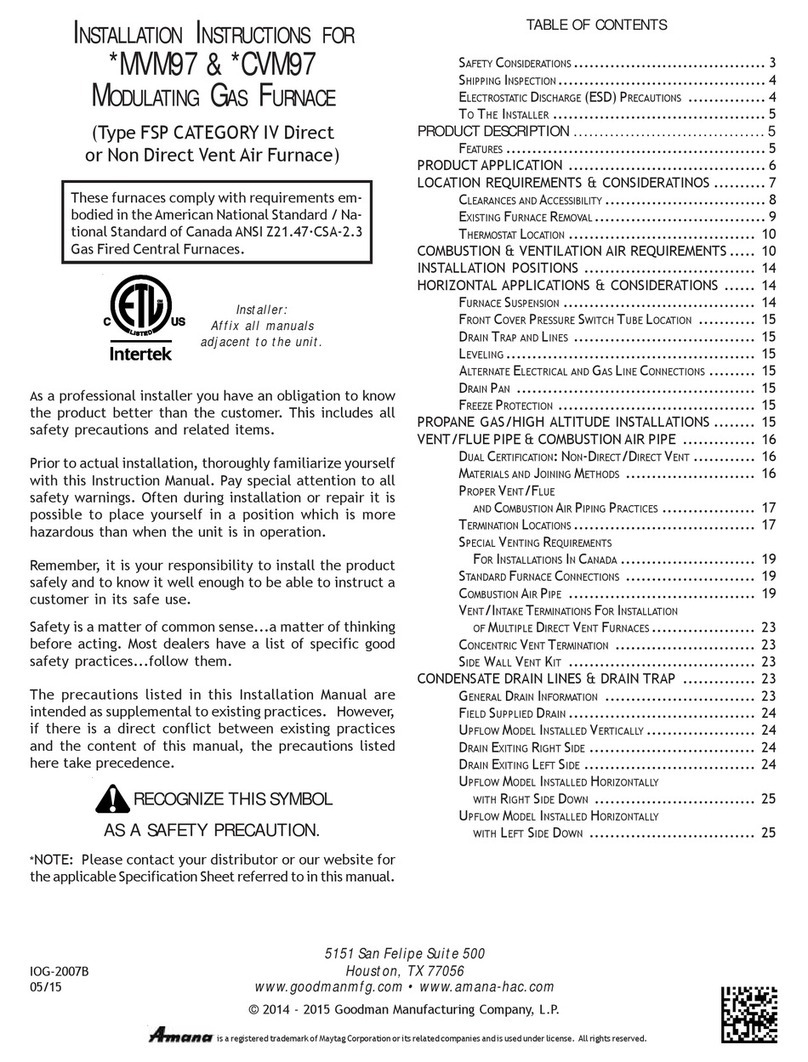Goodman CVM96 Series User manual
Other Goodman Furnace manuals
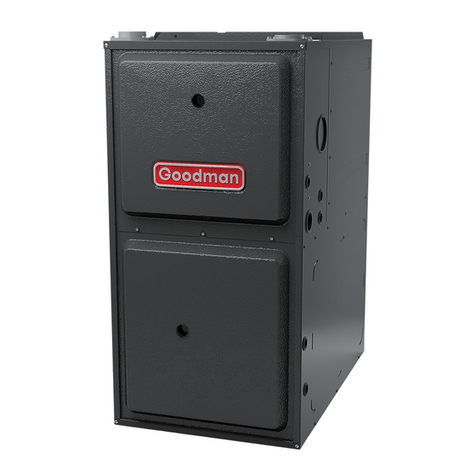
Goodman
Goodman GKS9 User manual
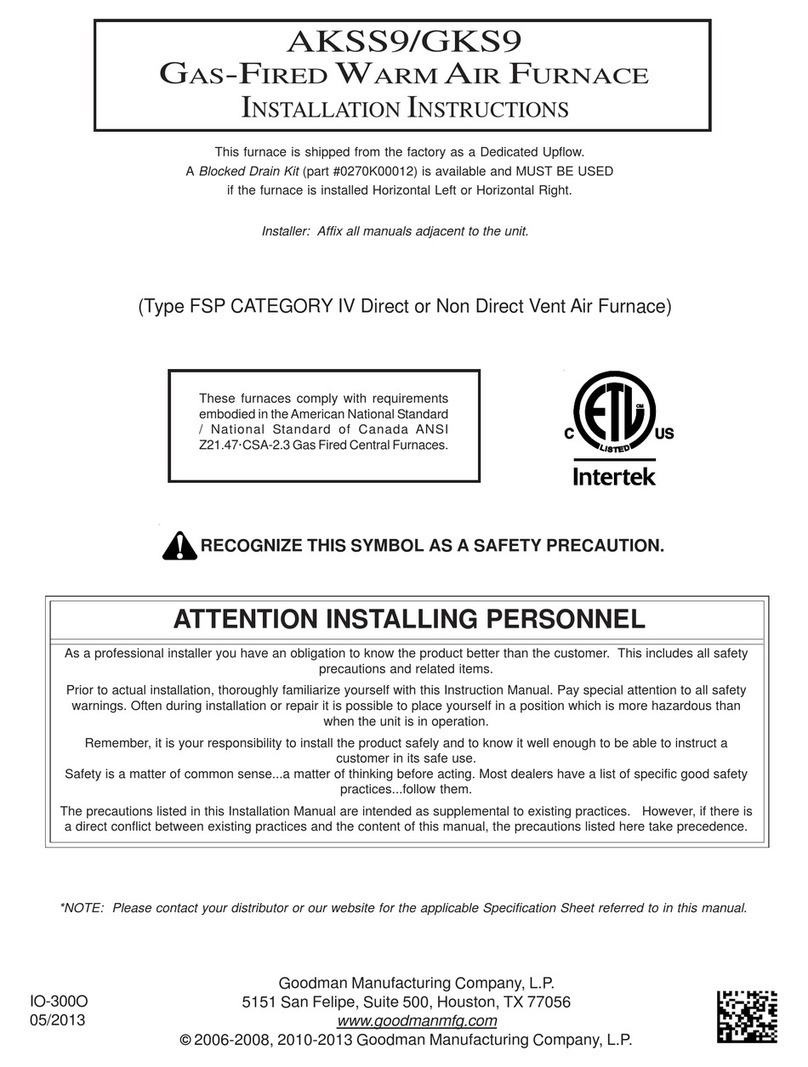
Goodman
Goodman AKSS9/GKS9 User manual
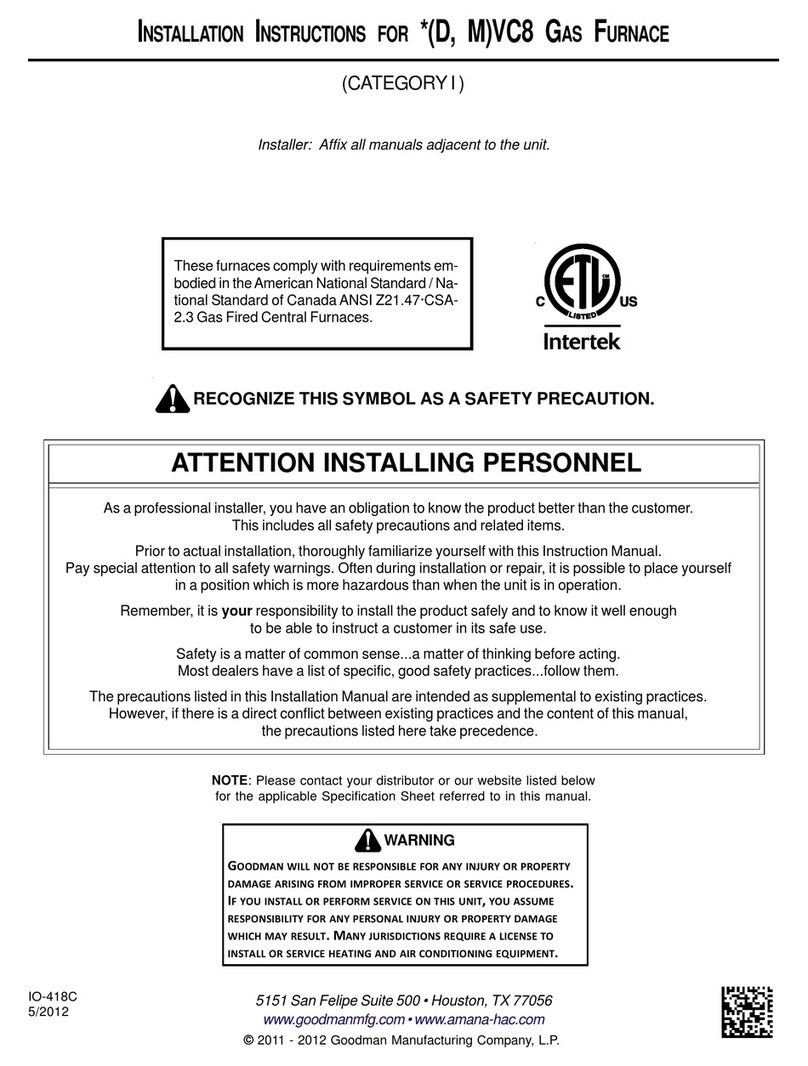
Goodman
Goodman VC8 User manual
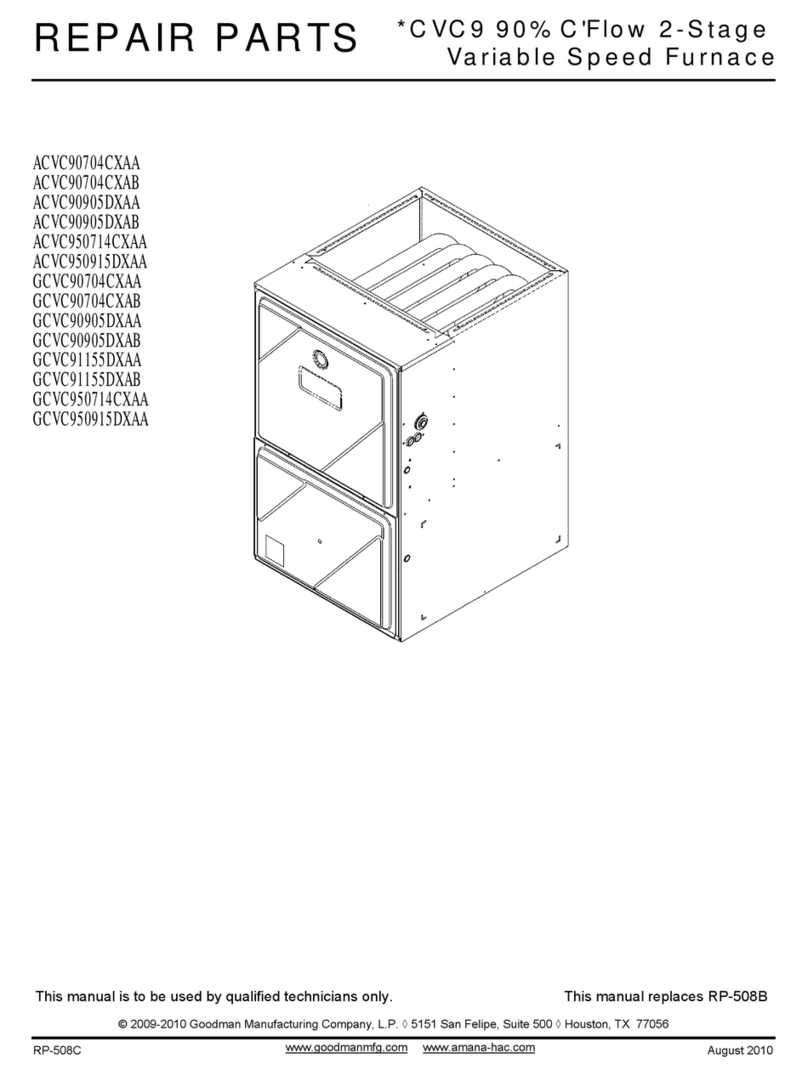
Goodman
Goodman ComfortNet ACVC90704CXAA Use and care manual

Goodman
Goodman AMV8 User manual
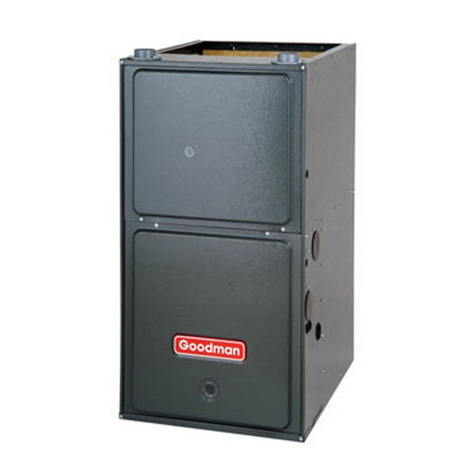
Goodman
Goodman ComfortNet GCVC95 Series User manual
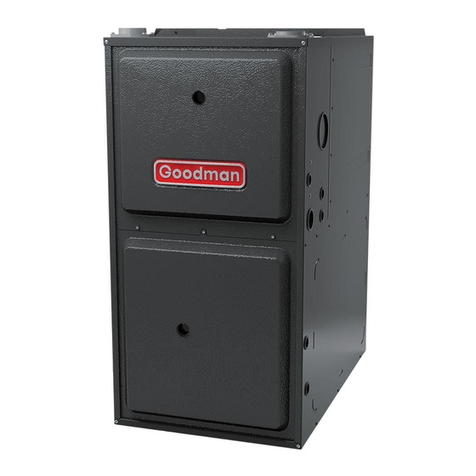
Goodman
Goodman ACVC96 BA Series Guide
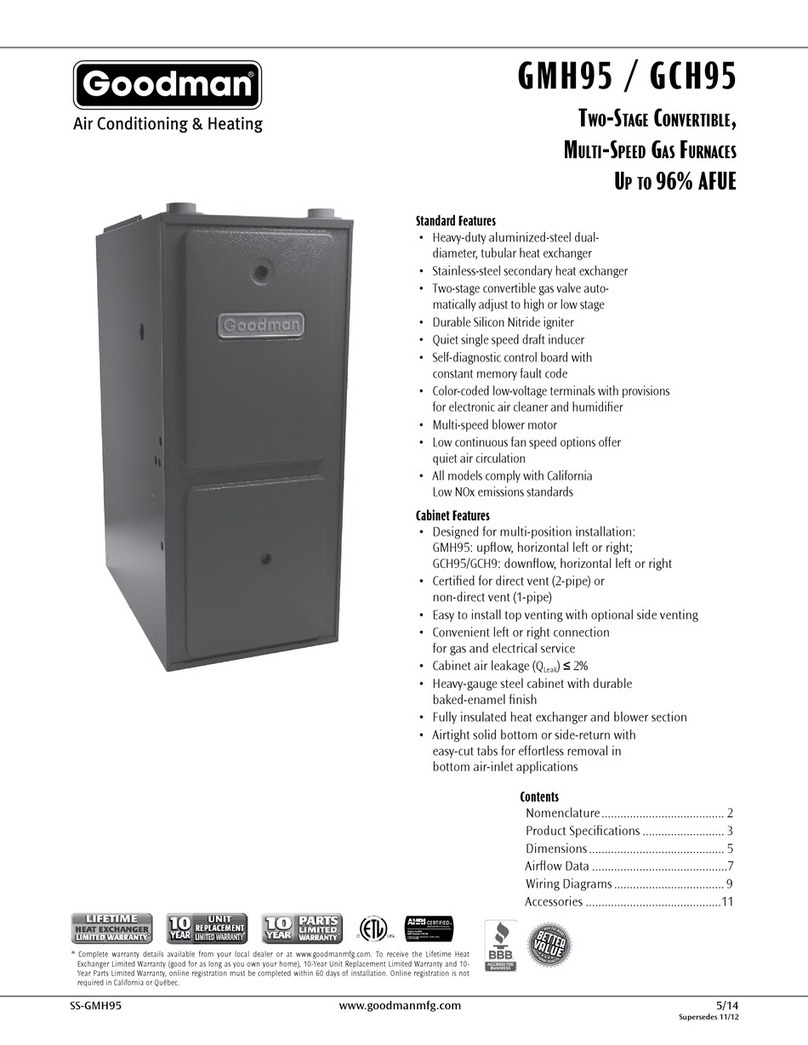
Goodman
Goodman GMH95 0453BXA User manual
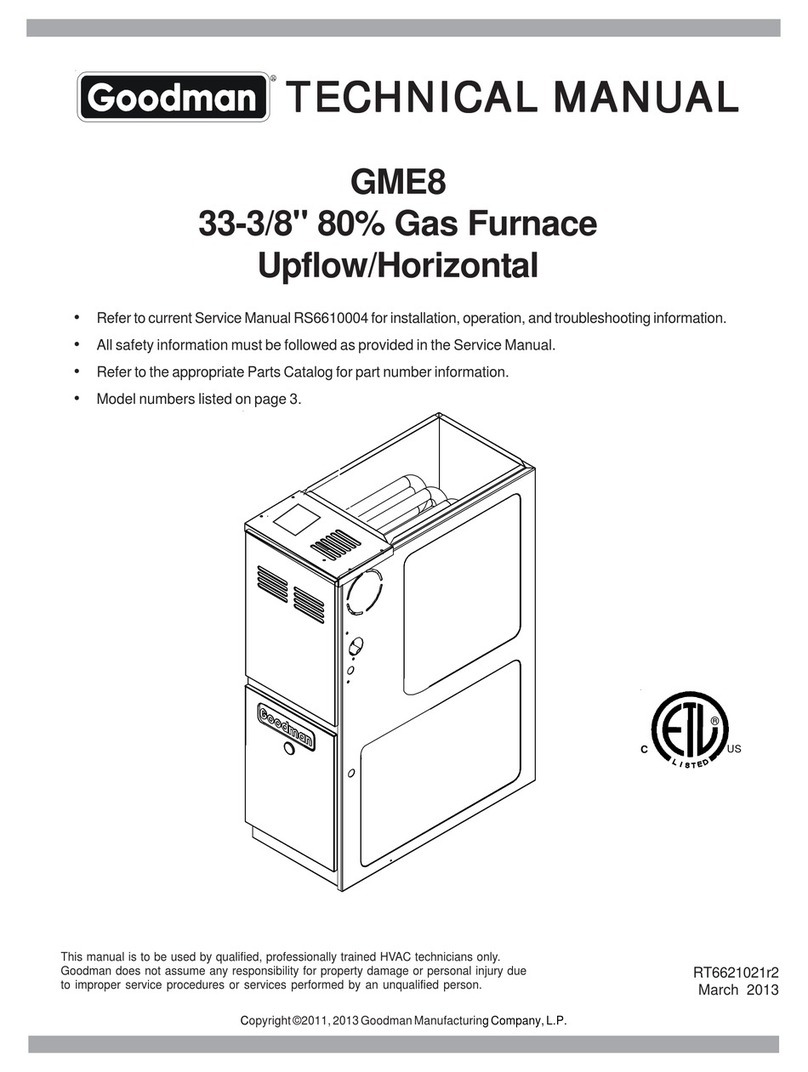
Goodman
Goodman GME8 User manual
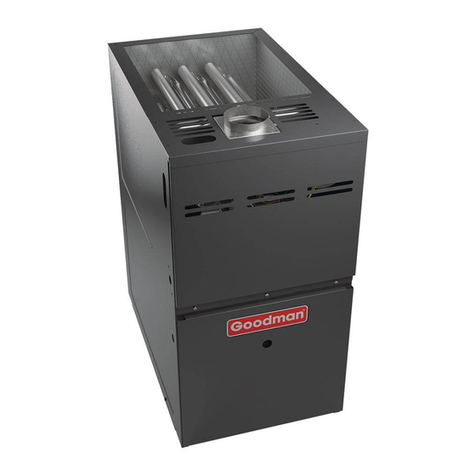
Goodman
Goodman GMEC80 User manual
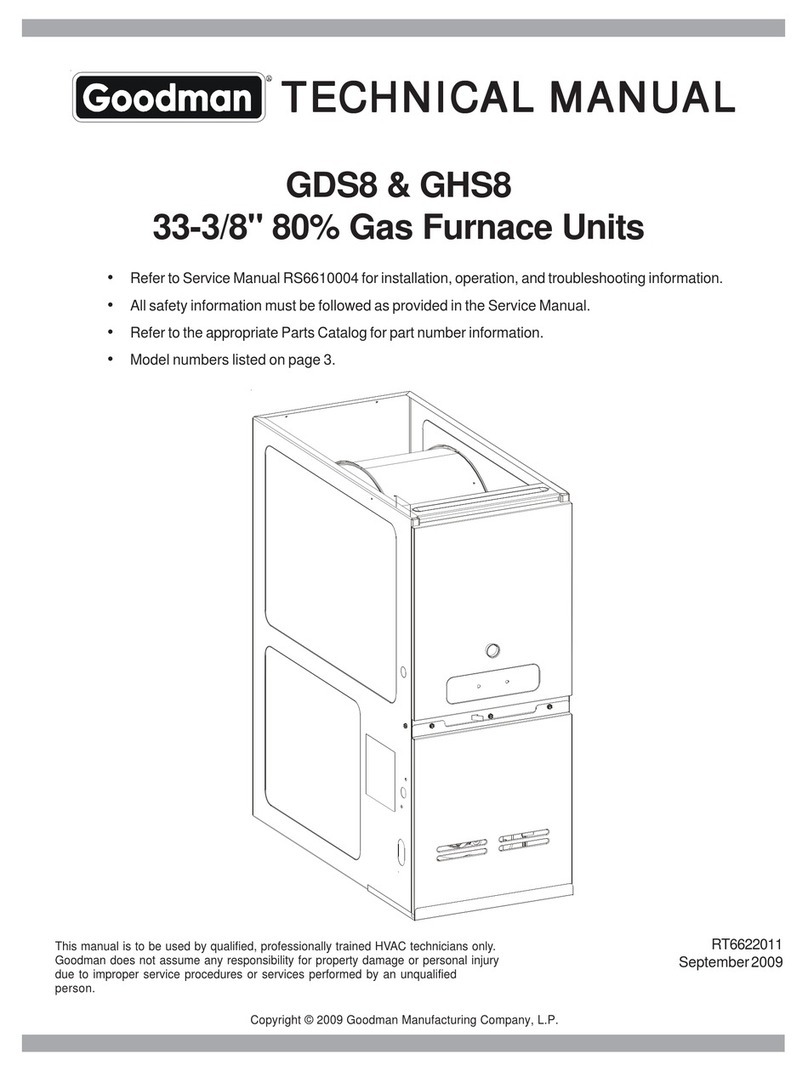
Goodman
Goodman GDS8 User manual

Goodman
Goodman GCVC960403BNAA User manual
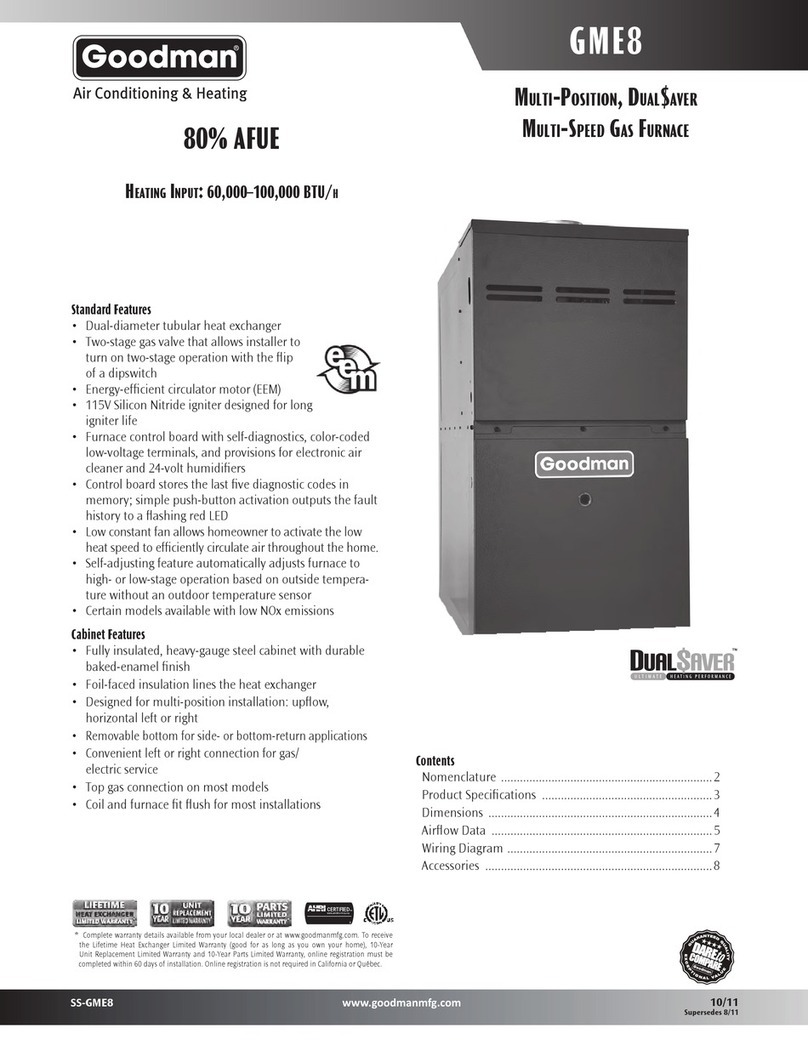
Goodman
Goodman GME80603B Series User manual
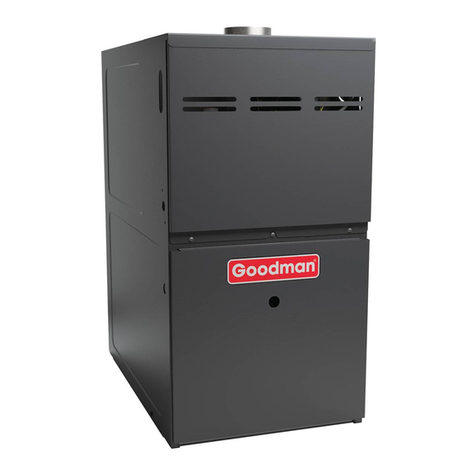
Goodman
Goodman GDH8 User manual
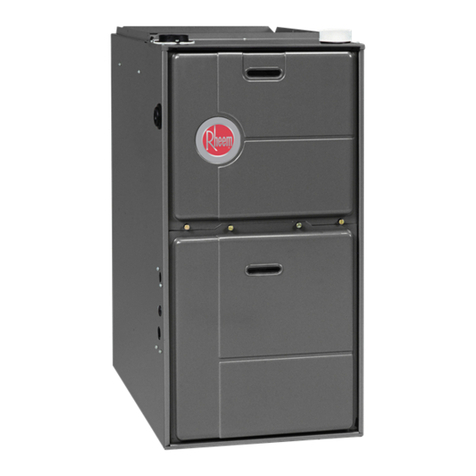
Goodman
Goodman GRL SERIES User manual

Goodman
Goodman GDH80453AXCA Use and care manual
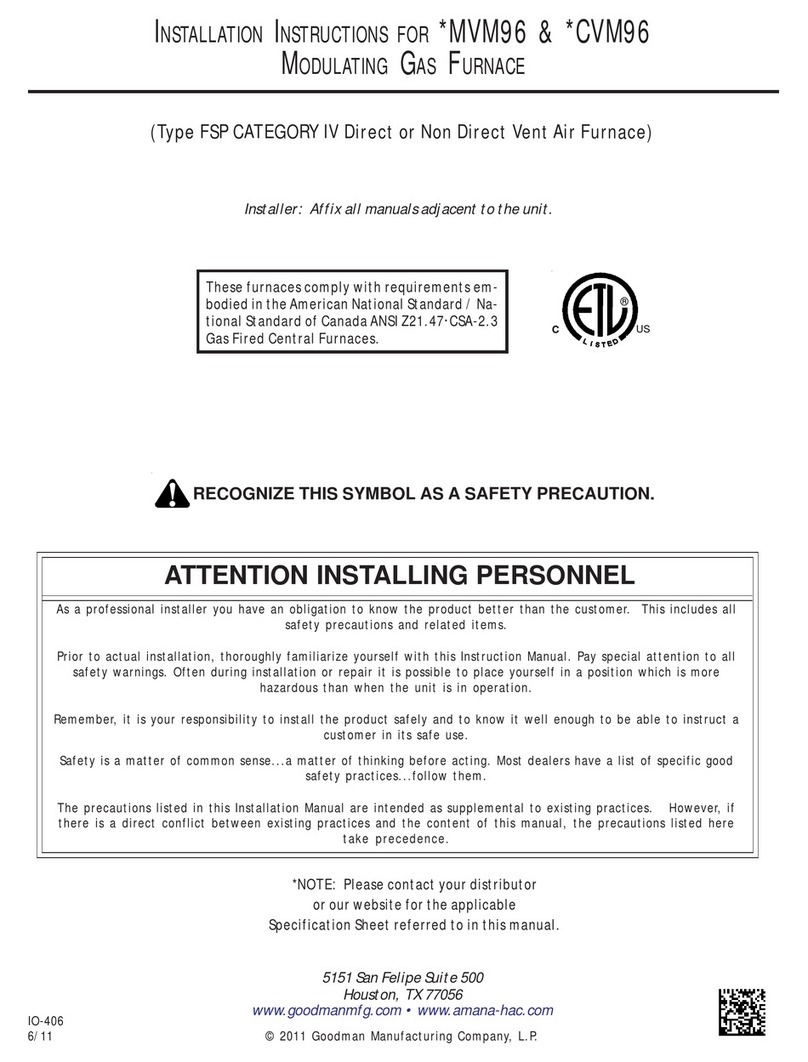
Goodman
Goodman MVM96 Series User manual
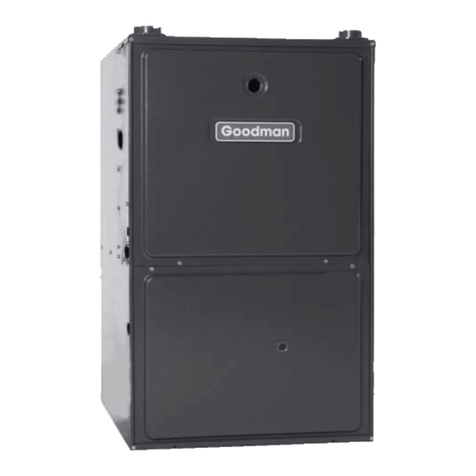
Goodman
Goodman GMS9 User manual

Goodman
Goodman GMVM97 User manual
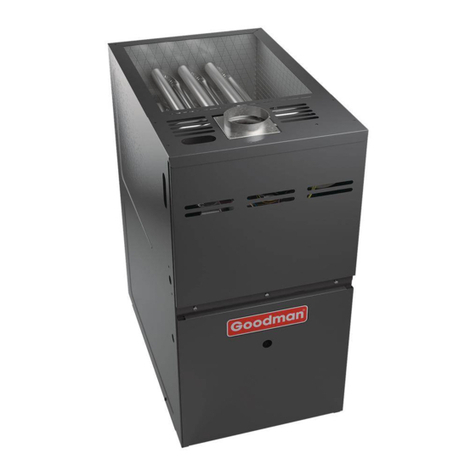
Goodman
Goodman GMES80 Series Guide
Popular Furnace manuals by other brands

Unitary products group
Unitary products group AHV8 UH installation manual

VERDER
VERDER CARBOLITE GERO RHF 14/8 Installation, operation and maintenance instructions

Tempstar
Tempstar B Series Service and technical support manual

Carrier
Carrier Performance 59SP5A Installation, start-up, operating and service and maintenance instructions

Armstrong
Armstrong EG7H SERIES Installation and maintenance instructions

Payne
Payne PG92ESA Installation, start-up, operating and service and maintenance instructions

NANOE
NANOE Zetasinter Operation manual

SUPREME
SUPREME FEM10-M2301CM-A Installation instructions and homeowner's manual

Johnson Controls
Johnson Controls TM9T User's information manual

Fluke
Fluke 9118A user manual

Lennox
Lennox EL195UHE Elite Series Unit information

Intertherm
Intertherm M7RL Series user manual

HDG
HDG Pelletmaster 15 Operation manual

Nortek
Nortek MG2S Series installation instructions

VERDER
VERDER CARBOLITE GERO ABF 8/28 Installation, operation and maintenance instructions

SUPREME
SUPREME SUP10-M2301C Installation instructions and homeowner's manual

Dettson
Dettson AMT400B34-SM1PMA Installation instructions and homeowner's manual

Evcon
Evcon DGD 60 MBH installation instructions

